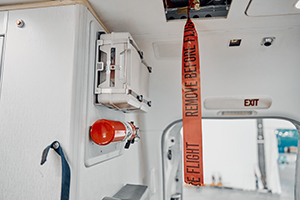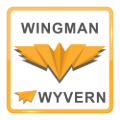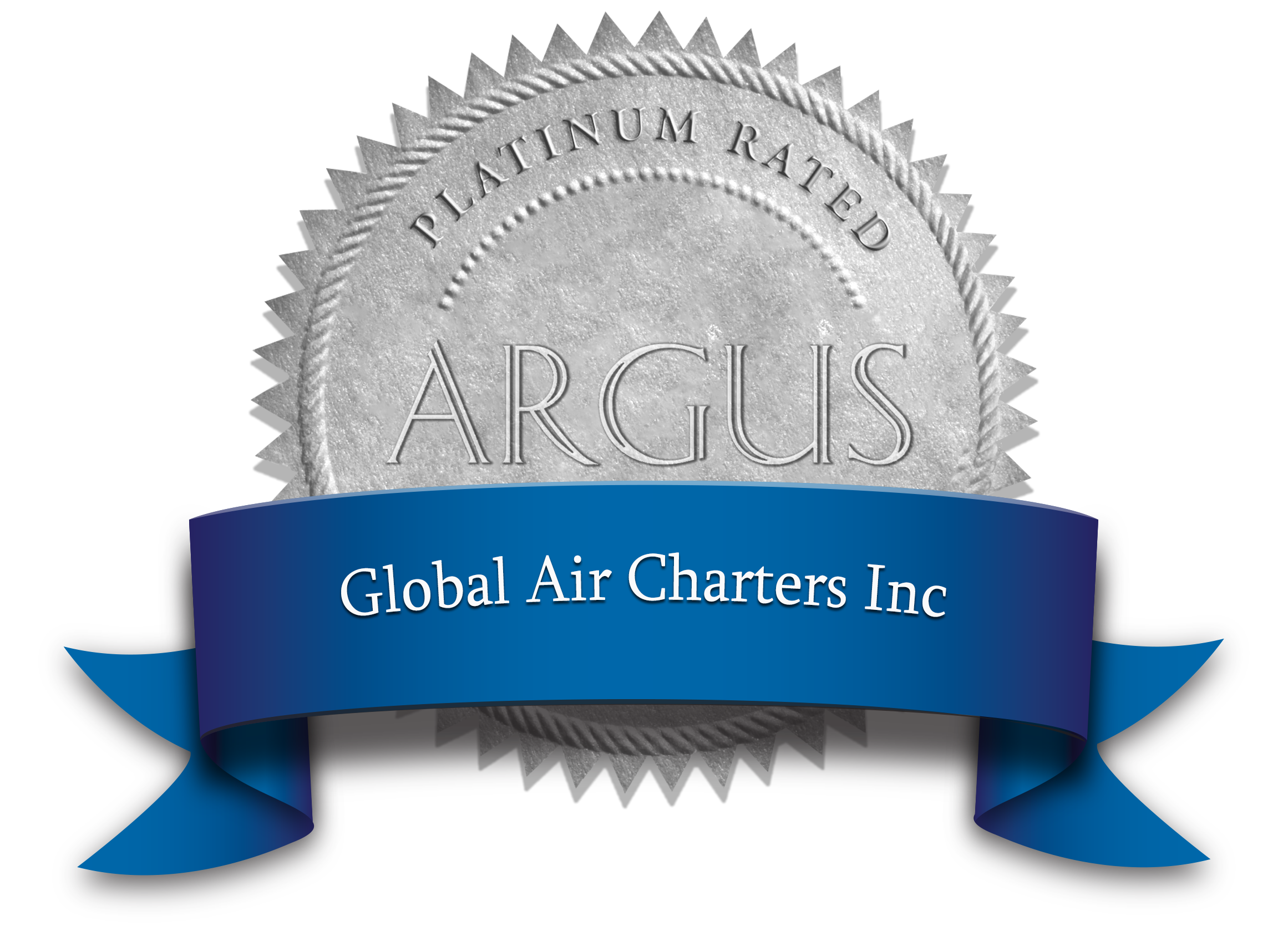Before a jet can be chartered, it must be certified to FAA regulations. Here’s how to ensure an easy compliance process for your airframe.
Many private jet owners find the best plan for their investment is to bring in charter revenue. Adding your airframe to the certificate of a Part 135 Charter Operator can help offset the yearly costs of ownership, which are more than you probably think.
Before your craft can enter the private travel market, it must go through the FAA’s conformity process. This rigorous series of inspection and document review ensures the airframe meets every commercial aviation standard.
As a Part 135 operator, Global Air Charters has put several aircraft through the conformity process. Our comprehensive knowledge of FAA standards is helpful during airframe acquisition. We know what upgrades a craft will need, so you can make a better purchase decision.
It may seem like a huge hurdle, but conformity can be a breeze if you’re prepared. Here’s how to streamline the process.
RELATED: OUR COMPREHENSIVE JET BUYER’S GUIDE FOR Q4 2024
The Conformity Process
 The process of ensuring FAA conformity can take 30 days or 6 months, with numerous factors that can alter the timeline.
The process of ensuring FAA conformity can take 30 days or 6 months, with numerous factors that can alter the timeline.
Conformity begins with a meticulous review of the aircraft’s documentation, focusing on airworthiness, maintenance history, and equipment. The operator must provide records verifying that the aircraft meets all applicable federal aviation regulations, from safety equipment to avionics, seating, and storage.
Failure to make this documentation readily available will prolong the conformity process, an easily avoidable mistake.
Once documentation is reviewed, a physical inspection follows. This in-depth examination includes verifying the airframe, engines, and avionics align with Part 135 standards and ensuring that all parts are approved and up to date on maintenance cycles.
The inspector will also examine emergency equipment and conduct safety evaluations to confirm the aircraft meets requirements for passenger operation. Discrepancies in maintenance records or incompatible equipment can extend the process further.
How to Make Conformity Faster
Ensure all documentation is comprehensive and well-organized. This includes maintenance logs, FAA Form 337s for any modifications, and Service Bulletins or Airworthiness Directives (ADs) that may apply.
Consider a preliminary internal inspection before the formal conformity inspection. This will highlight potential issues early, allowing time to address them proactively. Consider hiring a Part 135 consultant to perform a “mock” inspection, flagging any compliance gaps in advance.
Adopt a proactive communication approach with the FAA and inspectors regarding your conformity timeline and airframe specifics. Our stellar relationship with our Flight Standards District Office (FSDO) facilitates fast responses and streamlined scheduling.
RELATED: THE LATEST ON THE USED PRIVATE JET MARKET IN 2024
Buying an Aircraft with Conformity in Mind
 When acquiring an aircraft intended for Part 135 operation, certain considerations can simplify the conformity process.
When acquiring an aircraft intended for Part 135 operation, certain considerations can simplify the conformity process.
Prioritize aircraft with clear, complete maintenance records. Make sure they have undergone regular maintenance per OEM standards and hold records for all Airworthiness Directives and Service Bulletins.
Avionics upgrades are a common reason for a delay in the conformity process. Ensure your airframe has ADS-B Out, Traffic Collision Avoidance System (TCAS), Terrain Awareness and Warning System (TAWS), and the correct FAA-approved Emergency Locator Transmitter.
Check that any modification or aftermarket equipment complies with FAA regulations for Part 135. If the airframe has numerous modifications, verify each is FAA-approved, particularly if non-standard avionics or systems are installed. Aftermarket components must have FAA traceability, especially if the part is critical for safety or performance.
The emergency equipment might need to be upgraded. Check that passenger oxygen systems, fire extinguishers, and emergency exit markings meet Part 135 standards. Even modifications to seating configuration must be approved. You must have the documentation for these changes available.
Conformity and Part 135
Our airframe acquisition specialists can support your jet purchase journey every step of the way. Contact us today to learn more about getting your airframe on our Part 135 certificate.




